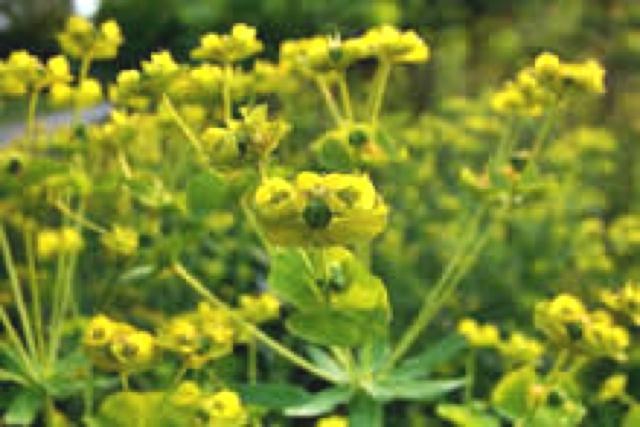As producers in Assiniboia and surrounding areas prepare to plant crops this year, they need to be aware of spreading pests and invasive weeds. Leafy spurge is marching across Canada and it’s getting closer and closer to the Assiniboia area.
In Saskatchewan, leafy spurge is a noxious weed originally from Asia and Europe that infests pasture and native prairie. Leafy spurge can be identified from a distance by its distinctive yellow-green flowers. Growing up to one metre, it is a perennial weed that reproduces through seed and vegetative root buds.This weed has now spread east in a diagonal belt from North Battleford to Estevan. Brent Flaten, integrated pest management specialist for Saskatchewan Agriculture, explained that leafy spurge has been reported west of Assiniboia in the Meyronne pasture area, around Moose Jaw and west of Moose Jaw.
Flaten noted that leafy spurge has been increasing in grasslands areas. This spurge is an aggressive plant if left in undisturbed areas such as pastures and roadsides, especially on sandy and marginal soils. “It is a problem in forage land,” he stated. Leafy spurge is very competitive and easily out-grows many forage and native plant species. “It can get into annual cropland but it causes more of a problem for undisturbed land.”
This crop year a greater infestation of wheat midge is expected. The wheat midge population has been building and is reaching a peak in its cycle, says Flaten. Problems can be easily managed by using a wheat midge tolerant variety of seed. He added that there are several wheat midge tolerant varieties available now.
Another invasive insect is the cabbage seedpod weevil that can be damaging for canola crops. Like the pea leaf weevil, the cabbage seedpod weevil has also been following a similar invasion path coming in from the west and moving east and north. This weevil can also affect oriental and brown mustards, but not yellow mustards.
These invasive insects are spread by wind patterns. Once they get established, their population booms if conditions are favourable, explained Flaten. Unlike aphids that cannot last the Canadian winter, the cabbage seedpod weevil and pea leaf weevil overwinter thereby helping their populations to gain a foothold on the Prairies. For all invasive insects, it is important to scout and inspect crops regularly for invasive weeds and insects and to take measures immediately, Flaten advises.




